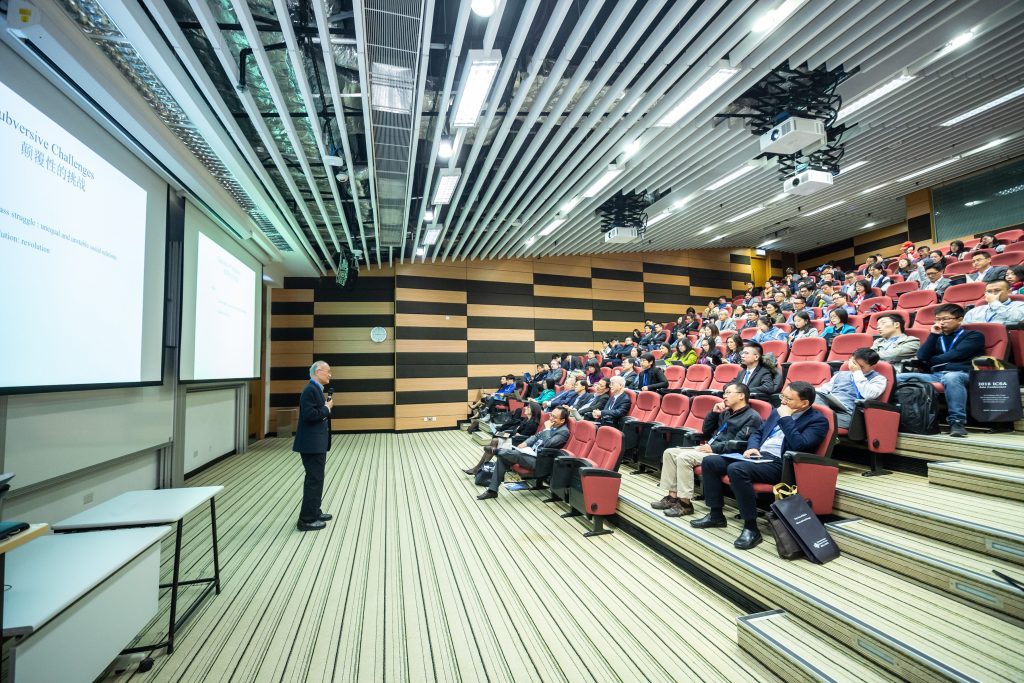How to be better at event marketing
Some event marketers are killing it. I have been impressed with Boston University Alumni Association’s efforts. They are doing everything right: well-timed, well-designed event invitations, pre-event reminders, and always a post-event thank you email.
Not everyone is doing so well. Some event marketing, especially by small nonprofits, seems haphazard, with little planning and even smaller attention paid to details. And really, better event marketing pays attention to the details, the logistics, and the user experience.
First, plan good events
Marketing an event successfully starts with the event itself. Is it interesting or relevant to your audience? Is the date good, with few conflicts?

Entice and inform your audience
Once you have chosen the event, the date and the venue you are ready to market it to your audience. You will have to develop a description of the event that entices but also informs. Why would your audience want to come to this event? Who is speaking? Why are you hosting the event? What makes this event special or important? And you must provide all the important logistical information, such as: date, time, venue name and address, cost (including if free to attend), and ways to sign up.
Time the invitation properly
Think about how much time your audience needs to make a decision. If it is an event that requires travel and hotel reservations (e.g., annual conference, wedding), you will need to send it with a few months lead time. If the event is local, then you can market closer to the event time. However, don’t send out an invitation too far in advance because it will be forgotten, but don’t do it too close to the event because your audience may already have made other commitments.
What to include in the actual invitation
Emails must have text and a link to sign up. Do not ever have an image/graphic-only email, since some email programs do not automatically open images and require them to be downloaded.
Again, make sure to include all the details your audience needs to decide whether to attend or not (look at the list above).
Signing up should be easy
You should have an easy way to sign up—do not make me jump through hoops such as making me scroll through multiple screens, and having to create accounts and passwords. You are not selling tickets for an international flight. Think about what information you absolutely need (e.g., name, contact info such as address and email, credit card information), and start with that. Other information (e.g., phone number, demographics, etc.) that might be good to have should be weighed carefully. Asking for too much information can be a huge turn-off.
Always acknowledge sign-ups
This should go without saying, but once people sign up for your event, they should get an email confirmation.
Calendar links!
Be sure that the software you are using has a universal calendar link both in the sign up screen and in the acknowledgment/confirmation email. Attendees should be able to download the event info to any major calendar (i.e., Apple, Outlook, Google).
Friendly reminders are welcome
Always send a reminder at least one day ahead. Include all important logistical information (i.e., start time, address, directions, public transportation/parking information, and any requirements (e.g., picture ID, cash on hand, laptop, etc.).
After the fact
Always send something after the event—it can be a simple “thank you for attending,” or a survey/request for feedback, or sharing of information relevant to the event (e.g., contact information for speakers, handouts, bibliographies, etc.)
Would be nice if…
The software you use would be smart enough not to send event invites to people who have already registered. When I get another invitation to an event I have signed up for, I always think that I forgot to register or that my payment didn’t go through.
Bottom line
Make your event marketing better: Always think about your audience and what they need in order to make a decision and attend your event.
About Deborah Brody
Deborah Brody writes and edits anything related to marketing communications. Most blog posts are written under the influence of caffeine.






